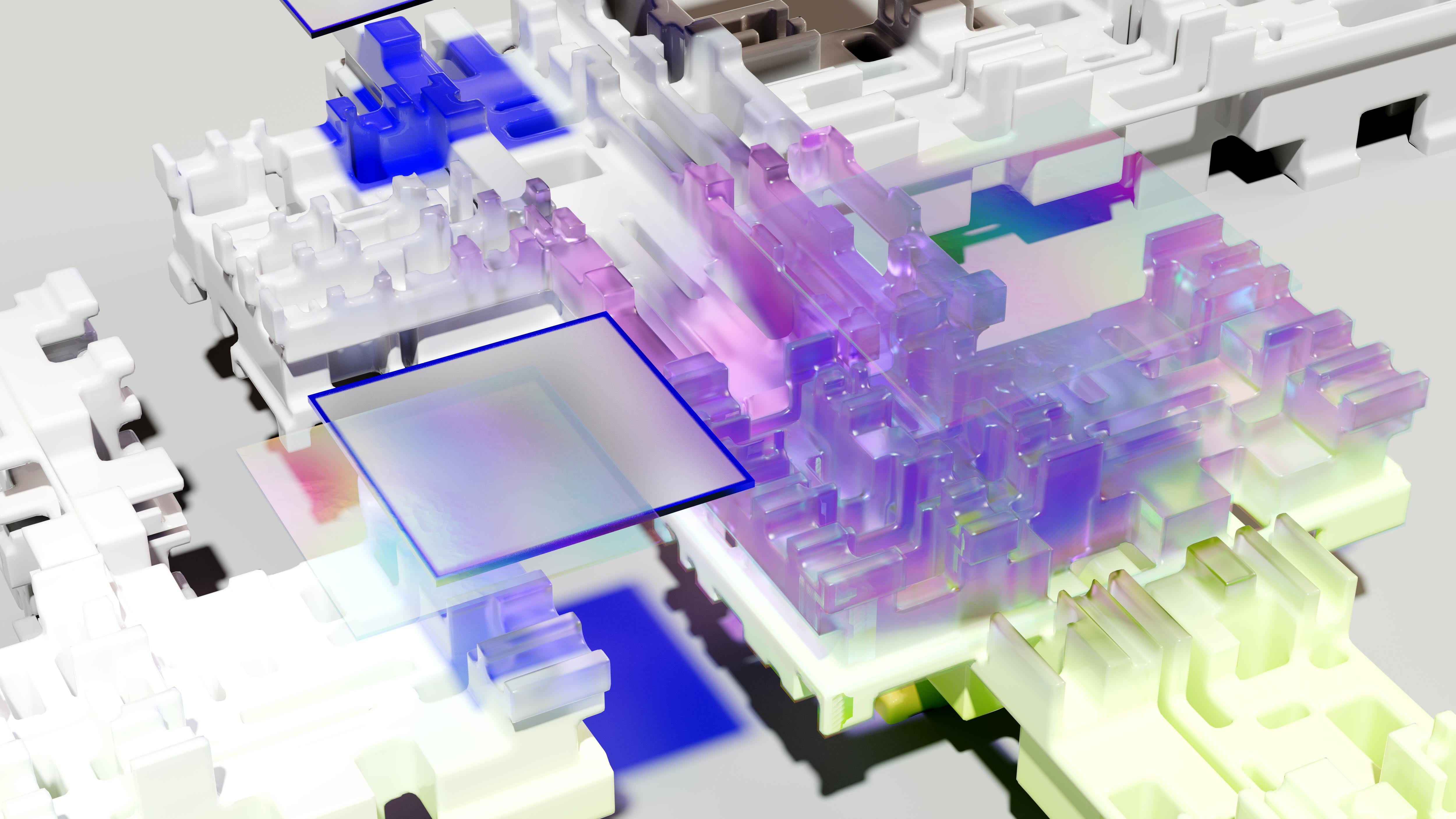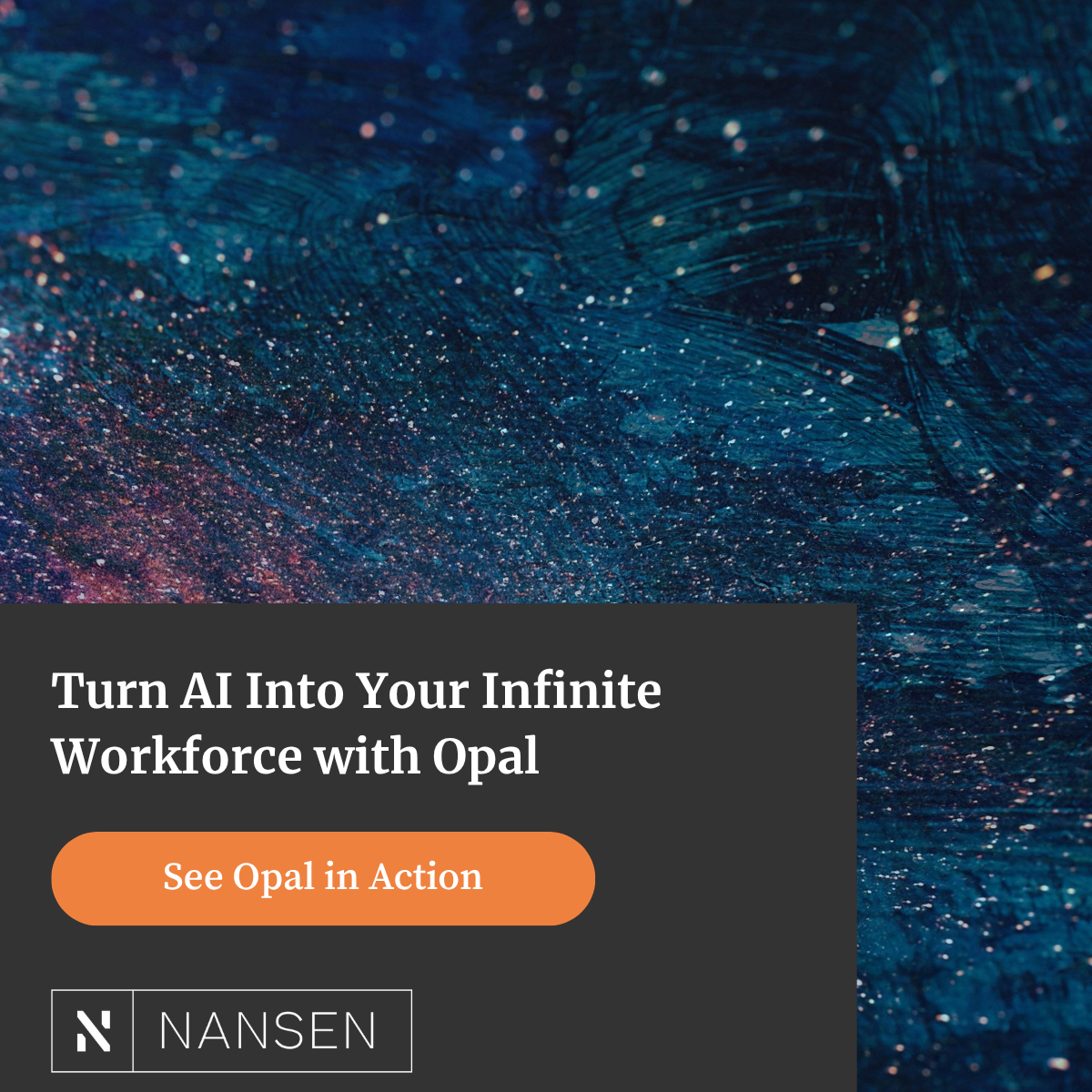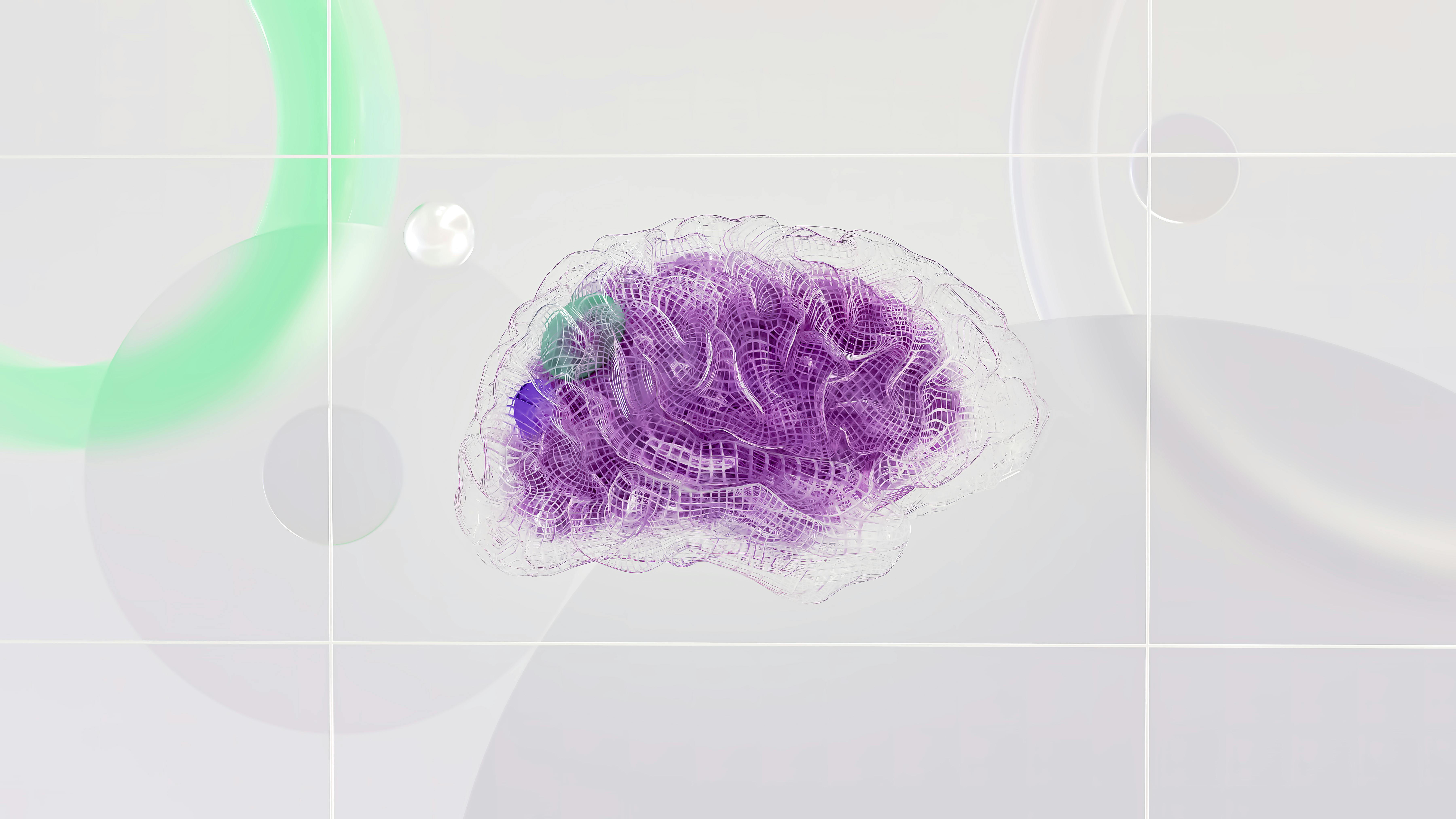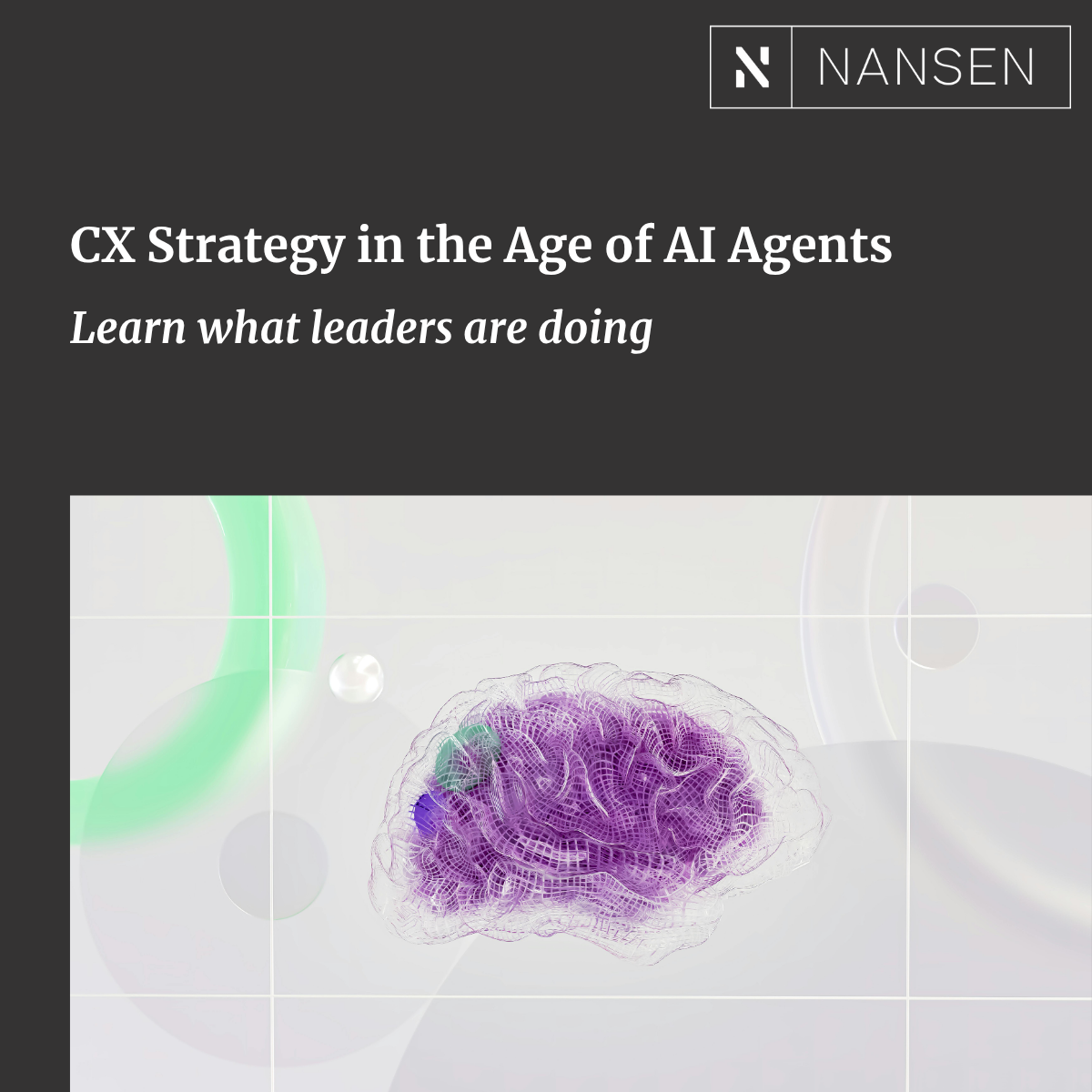Something exciting is happening behind the scenes at Nansen. As we announced last year, our team’s commitment to exploration and innovation inspired a new internal-transformation initiative, focused on cultivating a more innovative in-house culture at Nansen. Today, we’re thrilled to share the first output of this new venture.
Welcome, friends, to the Nansen Product Lab, Rotation One.
A quick recap: the Nansen Product Lab program will empower teams of three to spend five days on a project of their choice. The team will ideate, prototype, learn, and build together, following the design sprint model pioneered by Google Ventures. During the five-day sprint, the Product Lab will give participants the opportunity to “flex the muscle” of rapid innovation and practice executing on their ideas, strengthening not only their capabilities but also those of Nansen.
Meet the Team: Nansen Product Lab, Rotation One
The first cohort to enter the Nansen Product Lab included team members of diverse skills and interests: Luis, our user experience and user interface (UX/UI) design lead, front-end developer Aniya, and Steve, our QA Manager.

Working together both in-person and remotely, Luis, Aniya, and Steve used a variety of exercises and tools, including lots of time in Figma, to brainstorm ideas, refine their product, design and build a prototype, and test the minimum viable product (MVP) with users.
By the testing phase on Day Five of their design sprint, the Rotation One team had a concept and prototype for a “lunch picker” application that had users asking when they could find the real thing in their app store.
Here’s how they did it…
Day One: What do we want to create?
The first cohort entered the Nansen Product Lab with interesting ideas to spare. Following an introduction to the process and expectation-setting with Nansen engagement manager, Jarrett Arnold; Luis, Aniya, and Steve were ready to jump into the design sprint.
First, the team shared ideas they wanted to explore. These were added to the “backlog,” then quickly debated and discussed. From three potential concepts, the team voted to move forward with the collective favorite: an app that would match the user with people in their industry who might want to get lunch and talk shop. Think Tinder, but for LinkedIn.

Following the design-sprint philosophy of rapid innovation, the Rotation One cohort didn’t let their process get stalled in debating. Early on Day One, they had their concept. The next step was to define long-term and short-term goals for the theoretical lunch-networking app. They talked about the grand vision for the product, but also about what the realistic output could be from the following four days of work. From this discussion, they created a list of five-year, one-year, and six-month goals, and voted on the top three features or elements that they would focus on during the weeklong Product Lab rotation.
Day Two: How might we achieve our goals?
The Rotation One cohort of Luis, Aniya, and Steve decided on Day One that they would prioritize a few key functions of their networking app, the most important of which would be a tool for helping users quickly decide where to get lunch on any given day. They also wanted to incorporate engaging elements like tips about the restaurants or trivia questions, and finally, to have the experience be joyful, shareable, and not require the user to log in.
Among the first tasks of Day Two was a “reframing” exercise. The team started by talking through some of the “blockers” or challenges that users would encounter in the app, and then worked to turn those obstacles into opportunities for product improvements.
As an example, users with dietary restrictions might be hesitant to let the app choose a lunch destination for them. This inspired the team to think about filters to add, including not only food requirements and preferences but also factors like budget and walking distance.
Following the reframing challenges exercise, the Product Lab team had a number of user types and cases to think about, and sketched out some very basic workflows. They spent some time finding inspiration from existing products and user flows.

Then it was time to ask themselves: how might we convey the value and function of our app with just one workflow that we can create this week?
Day Three: What will it look like and how will we build it?
The team returned to the Nansen Product Lab on Day Three ready to discuss, visualize, and plan out the journey map for their lunch-picker app prototype.
Reviewing the use cases brainstormed on Day Two, they chose the workflow that would best bring the app to life. This allowed Luis, Aniya, and Steve to identify areas to focus on for Day Three, the screens to design, and the elements they would need to build.

The Rotation One cohort’s collaboration in Figma’s FigJam tool really came to life on Day Three. Together, they built the journey map for their chosen workflow, and discussed what would be the key steps along that journey. Then it was sketching time, as each team member came up with ideas for different screens and interfaces and voted on their favorites.
Day Three was when the prototype concept really started to come to life through the team’s sketches, which were put in order to form the final user journey map. The last step for the day was deciding which technologies and tools they would use to build their product.
By the end of the day, the team had wrapped up the brainstorming and discussion phase of their design sprint—and was prepared to build.
Days Four and Five: Let’s build a prototype
At the start of Day Four, Luis, Aniya, and Steve stopped working in FigJam and opened up their actual design file. They gathered their assets and began building the functionality behind their app’s workflow. Screen by screen, the team built a working prototype on Days Four and Five.

Again, the Rotation One team’s goal for their design-sprint product was to deliver an essential function of the larger networking app idea, namely, to provide users with suggestions of where to eat, quickly and simply. They also wanted to include interactive elements to sustain user engagement with the app, and create an experience that did not require a log-in.
After two days of hard work, the prototype was ready. It was lean and simple, but it gave the cohort what they needed to quickly and efficiently validate their assumptions about interest in this type of service through user testing and feedback, the final step in their Product Lab week.
Pic-Qik: the prototype
We couldn’t be more proud of Luis, Aniya, and Steve’s work during the first Nansen Product Lab rotation. Here’s a peek at what they created:
What did the users who tested the prototype have to say about it?
“Loved it, it fixes a problem that we all know we needed a solution for.”
“Great prototype and idea. This will help a lot of people and save a lot of time.”
“Email me when it’s in the Apple App Store.”
What’s next for Product Lab?
Google Ventures says that by the end of Day Five of a design sprint, “You’ll know how far you have to go, and you’ll know just what to do next.”
For us at Nansen, one of the most important steps we want Product Lab participants to take after their sprint is to share what they learned from the process, and what they created. So we’re asking each team to host an all-hands Lunch and Learn presentation on the Thursday following their Product Lab rotation.
Our goal is for these inspiring sessions to spark a ripple effect, spreading the design-sprint philosophy and culture of innovation from the Product Lab throughout the Nansen organization and into every piece of work we do for our clients.













